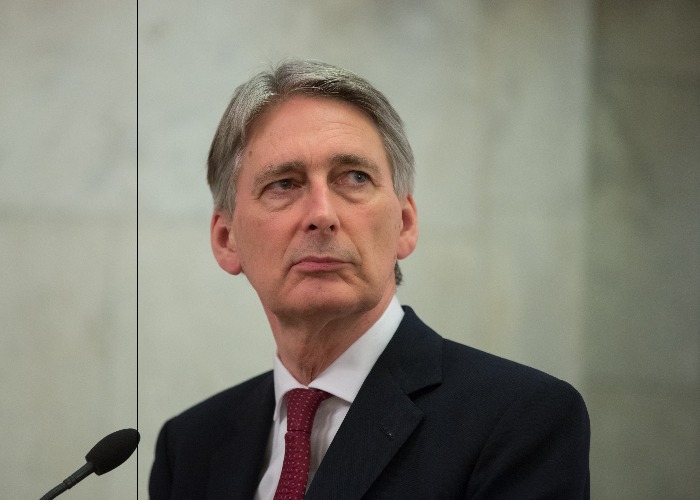Buy-to-let clampdown: what it means for landlords in the UK

Banks could get new powers to clamp down on buy-to-let lending in 2017.
Landlords have been dealt another blow after the Government unveiled more lending restrictions on buy-to-let mortgages.
Landlords have already been hit with a 3% Stamp Duty surcharge this year, while the amount of tax relief they can claim on mortgage costs will be gradually cut from next April.
Despite this clampdown, new Chancellor Philip Hammond remains concerned an overheated buy-to-let sector could destabilise the economy.
As a result, he will grant the Bank of England's Financial Policy Committee (FPC) new powers in early 2017 to restrict loan-to-value (LTV) ratios, meaning landlords would have to stump up far bigger deposits.
The committee could also increase interest coverage ratios or the amount rent has to exceed mortgage costs. This currently stands at around 125% with most lenders.
Compare mortgage rates on loveMONEY
“Keeping our financial system safe”
Outlining the new rules, Hammond said: "It is crucial that Britain's independent regulators have the tools they need to keep our financial system as safe as possible.
"Expanding the number of tools at the Financial Policy Committee's disposal will ensure that the buy-to-let sector can continue to make an important contribution to our economy, while allowing the regulator to address any potential risks to financial stability."
Does buy-to-let still make sense?
The UK buy-to-let sector is hugely popular – figures from the Council of Mortgage Lenders show there are currently 1.8 million buy-to-let mortgages – but there are some suggestions its popularity could be on the wane.
A new survey by the Residential Landlords Association (RLA) found one in four landlords are selling properties as a result of the ongoing clampdown on the sector.
The organisation, which represents the interests or private landlords, added that rising costs could be passed on to tenants in the form of higher rents.
David Smith, policy director at the RLA, said: “The RLA’s findings are a worrying sign of the potential trouble ahead for tenants as a result of the previous Chancellor’s tax rises.
“Any reduction in supply is going to make it more difficult for them to find a place to live and will inevitably drive rents up."
Compare mortgage rates on loveMONEY
Keeping costs down
While the outlook is undoubtedly more challenging, it is possible to at least partly offset the effects of the clampdown.
For example, while the perks of mortgage interest relief will soon be scaled back, there are a load of other expenses you can claim for.
Any fees associated with running your buy-to-let can be offset against your tax bill as can mortgage arrangement costs, insurance premiums and lettings charges.
Don’t forget items that may seem small at the time but can add up, such as stationery travelling to and from the property for business purposes or your phone bill when dealing with queries.
You could also consider cutting your lettings agent costs.
Research from property management website PropertyHawk shows fees can take as much as 10% of your rent!
Reduce the costs by downgrading the service you use. For example you could use a lettings agent to help find tenants but then do all the property management yourself, or even consider online-only firms that charge flat fees.
For more info on this an many more tips, have a read of our guide to cutting your buy-to-let costs.
Read more on loveMONEY:
What should you declare when selling your home?
Why nobody will solve our housing crisis
Who loveMONEY readers think will be the real victims of the buy-to-let crackdown
Comments
Be the first to comment
Do you want to comment on this article? You need to be signed in for this feature